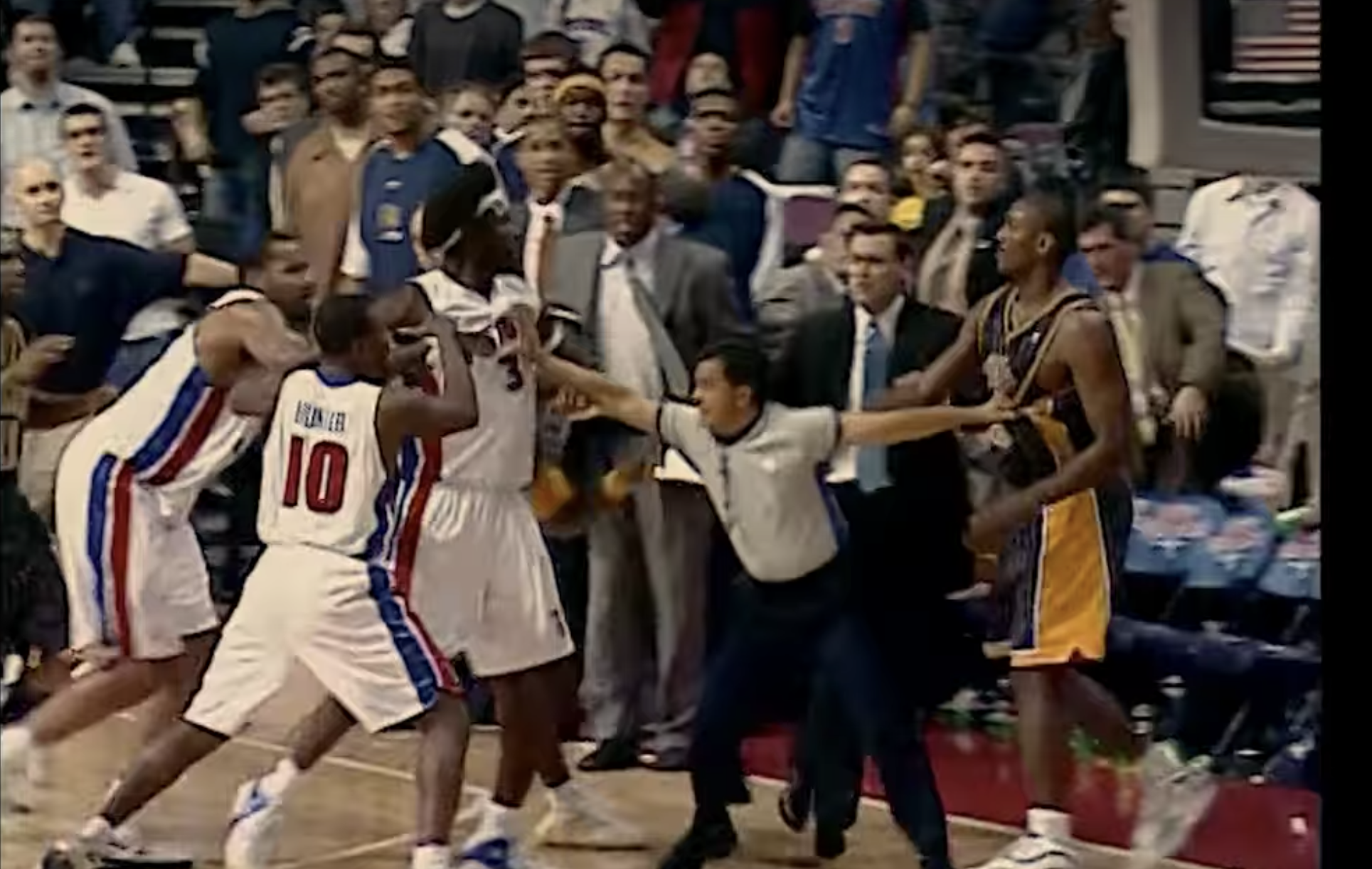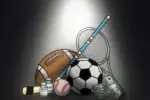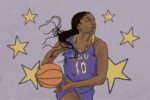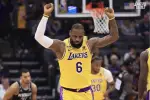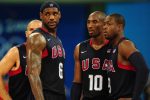When the No. 1 seed Indiana Pacers met up with the No. 3 seed Pistons in the 2004 NBA playoffs, the upstart Pacers team had high hopes. The team had acquired center Jermaine O’Neal in 2000, who quickly came into his own and, three years later, became the team’s focal point at only 25 years of age. Paired alongside one of the league’s premier defensive forwards in Ron Artest and the franchise’s beloved but aging icon, Reggie Miller, there was due cause for optimism. Hoosiers hoped that the departure of Michael Jordan and the omnipresent Bulls’ dynasty of the ‘90s would allow for Miller and their Pacers to finally get over the hump and not only reach the Finals but win the long-coveted Larry O’Brien trophy.
Despite boasting three ABA championships in the early ‘70s, an NBA title had eluded them in each of their 28 years leading up to the 2003-2004 season. To Indiana’s dismay, the title would again be left just out of reach after falling to the Pistons in a 4-2 series upset. What was gained, however, was a strong disdain for the Pistons.
Both rosters were comprised of physical bigs and gritty wings, resulting in a defensive series full of heated exchanges. This playoff intensity carried well into the following regular season, even as the Pacers looked to close out a game at the Pistons’ arena, The Palace of Auburn Hills, in mid-November of 2004. Up 15 points with a mere 49 seconds left to play, the lead was insurmountable and the game all but decided. Usually, the leading team would proceed rather nonchalantly and kill as much clock as possible, often allowing easy points knowing the game would be over soon. Unfortunately for both franchises, that wouldn’t reign true on that infamous night, one that has reentered the spotlight following Netflix’s recent documentary “Untold: Malice at the Palace.”
For those who don’t know, instead of allowing an insignificant layup, Pacers forward Ron Artest shoved Ben Wallace in the back. He outlines his motivations in “Untold: Malice at the Palace,” making it abundantly clear that he couldn’t have anticipated the chaos that followed. A scuffle between the players ensued, soon deescalated and culminated with Artest lying on the scorer’s table with his hands behind his head, reveling in the whole exchange. These antics were commonplace for Artest over the years, a fact that had turned many rival fans against him.
One such fan was in attendance that night and subsequently launched a beverage at Artest. The drink reached the scorer’s table, effectively prodding an already irate Artest into the stands where he would then punch the onlooker believed to have thrown it. The potentially anticlimactic end to a basketball exhibition quickly devolved into an unprecedented all-out brawl between fans and the players they came to see. Drinks were thrown — and punches as well. Fans rushed the court, players were in the stands and, all the while, security was nowhere to be seen. All and all, the night resulted in 12 people charged: five Pacers players and seven fans.
The incident set the sports world ablaze, and the media was desperate to direct the blame at a group. Expectedly, they chose the players, all of whom were African American. The press labeled the players as “thugs” and products of a so-called hip-hop generation. Pacers center Jermaine O’Neal, who was charged with two accounts of misdemeanor assault for his actions during the incident, recalled how offended he was by the description, stating: “All of a sudden, my character is in question… These are ‘thugs.’ That’s literally the word that they used. And everyone signed off.”
Not only had the event complicated the dynamic between players and fans, performers and crowds, but it had racialized an already divisive blemish on the face of professional sports. When baseball players get hit by a pitch and rush the mound, it’s excused. When there’s a hard shove against the glass in hockey, fights are expected and even allowed. The Pacers players involved were not held to such a standard.
From that next day onward, the narrative had shifted from a debacle shared between players and fans to an assault instigated by the supposedly criminal athletes involved. Never mind that the brawl began with a fan throwing his beverage at Artest unprovoked, the constant showering of food and drink over the players both during and after the altercation, or that a fan rushed onto the court to spur on a player. The players’ backgrounds and character, or alleged lack thereof, were the media’s immediate targets. The distance from the incident today is what makes Netflix’s “Untold: Malice at the Palace” so important right now. The range of interviews compiled in the documentary finally allows both the perspectives of players and fans equal footing in a way that directly contrasts with the attitudes of the time.
From 2004 onward, the blatant negative branding of Black American players on the part of media outlets and sports personalities defined the story. The public disdain for the athletes involved and the gradual degradation of their image were painful — especially when they came from outlets meant to protect players. Then-Pacers president Donnie Walsh considers this in the documentary: “It wasn’t just the amount of people who were saying it, it was the stature of the people who were saying it.” Not only were the fans and players held to different standards, but the players and personalities covering them were as well. Where players’ language is often scrutinized and even costly within their profession, the reports following the incident were blindly taken as fact.
Exposing this historical double standard proves the greatest strength of “Untold: Malice at the Palace.” By allowing the players publicly indicted for the incident a say in its memory, a retelling of the circumstances can occur. Their narratives are not only supported by the myriad footage included in the documentary but the testimonies of clout-seeking fans too. Nobody was a saint in Auburn Hills that night, yet taking advantage of an unsavory incident is reprehensible to another level. “Untold: Malice at the Palace” provides the nuance required when covering such a contentious topic and it seldom misses a beat over its 69-minute runtime. It may be short, but it is also telling. With only a fraction of the time spent covering the night as the major news outlets of the time, the Netflix documentary accomplishes much more in conveying the roles that brotherhood, race, clout and misinformation played on that unfortunate evening.
The subsequent lawsuits, regulations, suspensions and court cases helped cement the chaos in Auburn Hills as one of basketball’s most polarizing moments of the decade. By revisiting it today, “Untold: Malice at the Palace” allows viewers to connect it to other such phenomena. The issues alluded to by players offer vital perspectives not only for the relationship between athletes and the media that readily dissects them, but the sensational news coverage of sensitive topics as well. There’s no doubt that The Malice at the Palace would prove even more polarizing today than it did in 2004. Still, we can certainly hope that informative looks such as Netflix’s documentary continue to improve our reactions moving forward.


